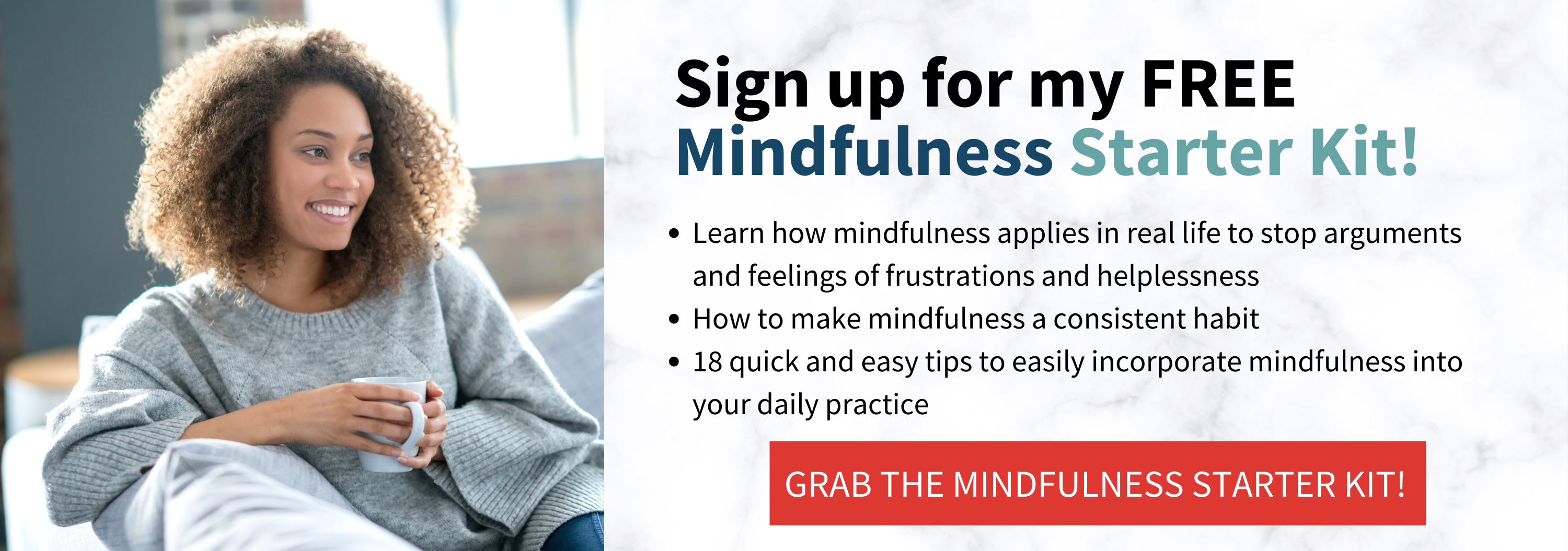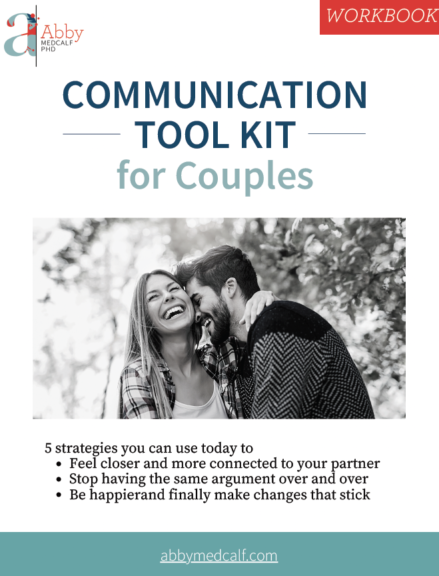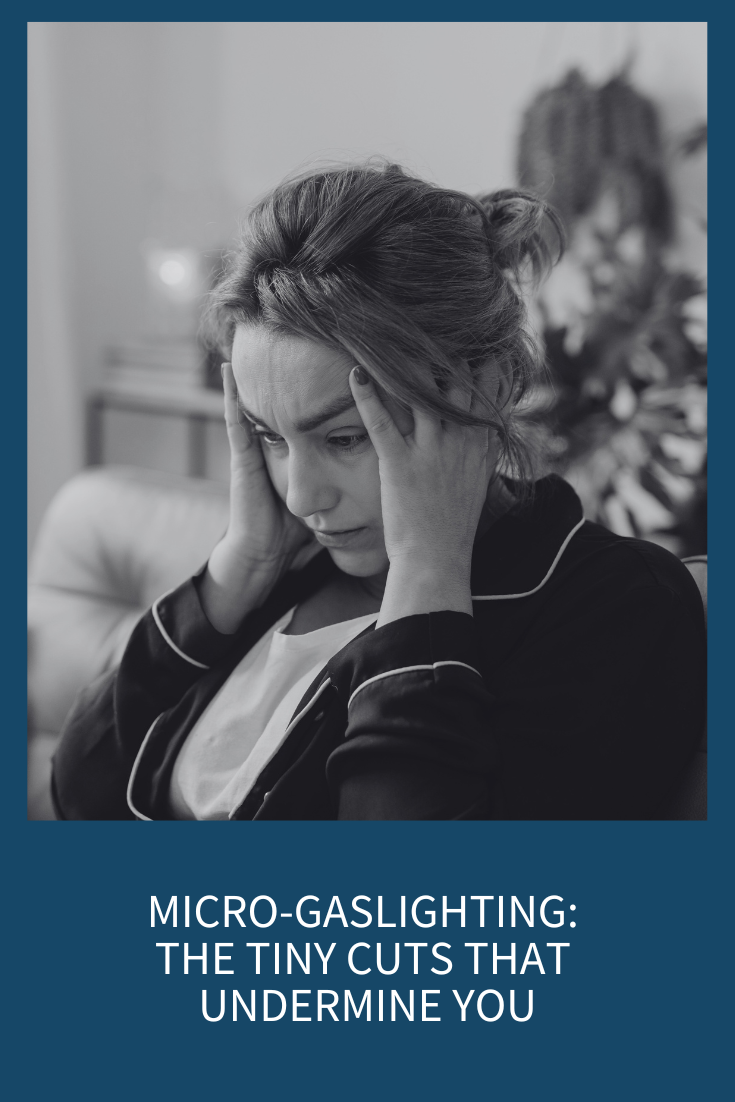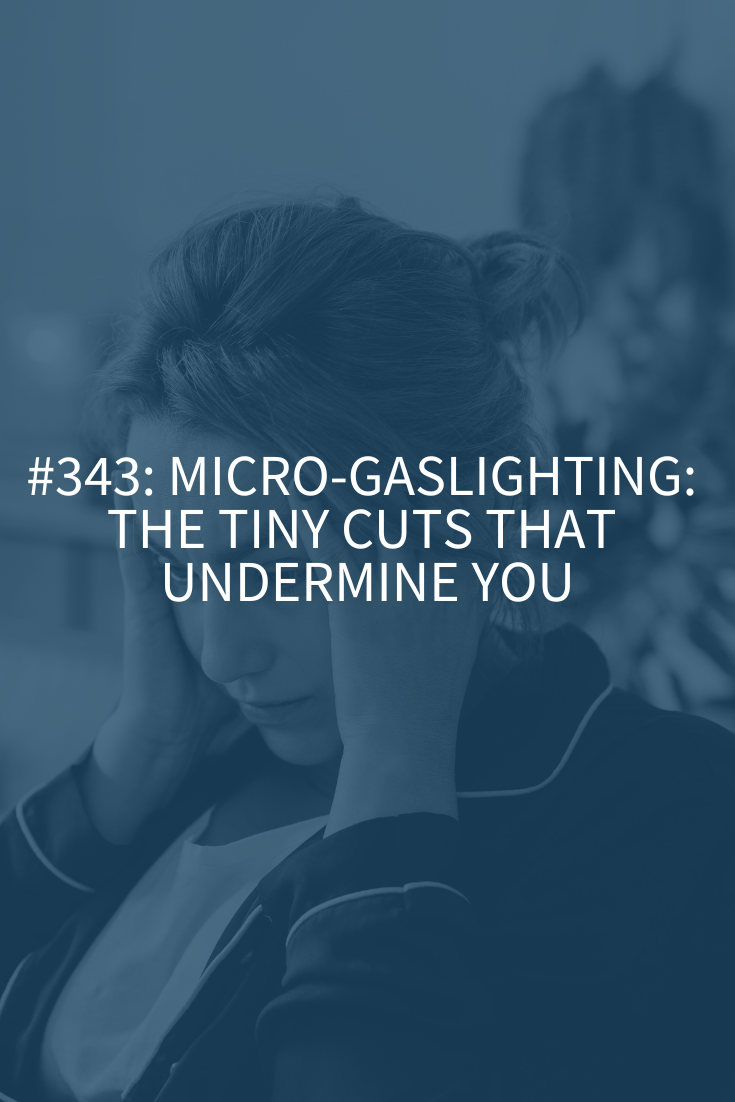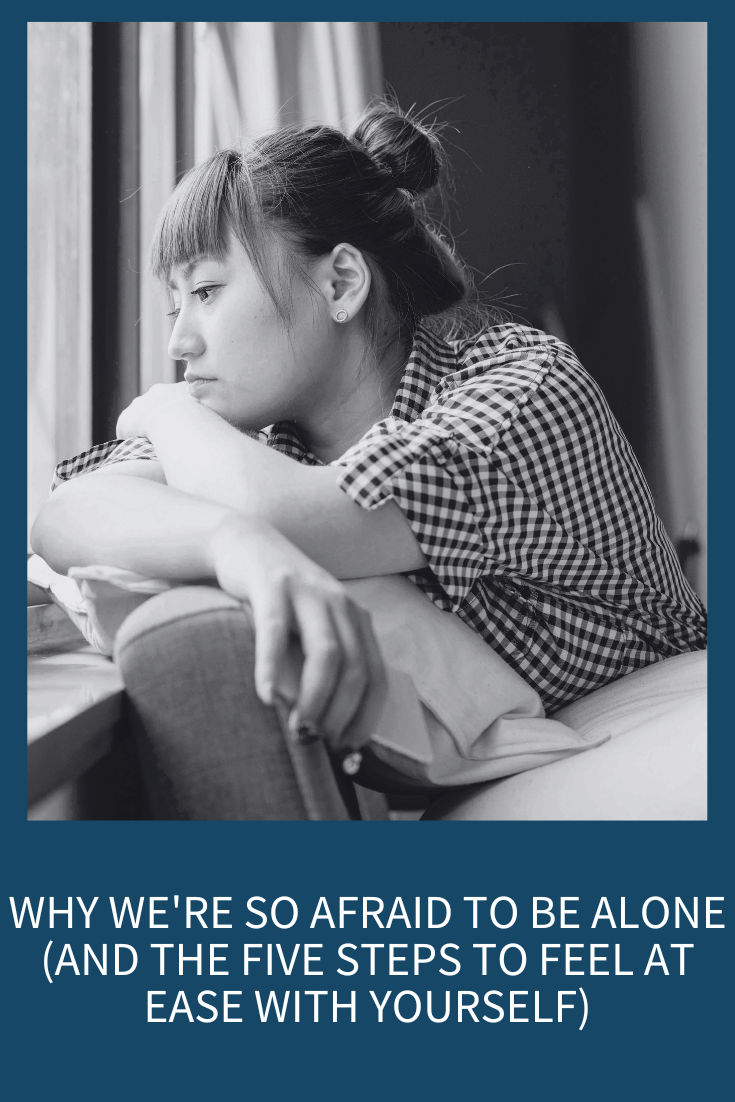
We talk a lot about loneliness these days, but we don’t talk enough about why being alone triggers such deep fear for so many of us. Is it just about relationships? Or is there something deeper, hard-wired into our biology and psychology? Spoiler: it’s both. And understanding the roots of this fear is the first step to changing it. If you’ve ever felt that pit in your stomach at the thought of an empty weekend, or stayed in a relationship far too long just to avoid solitude, you know exactly what I mean. The fear of being alone is deeply human. While part of it is hard-wired for survival, much of it is learned and reinforced by the world around us. The good news? Once we understand the roots of this fear, we can start to unlearn it, and even come to appreciate alone time as a source of strength, not weakness. Today we’ll discuss the biology, the psychology, and my top five research-backed action steps to reduce your fear of being alone.
13-minute read
The Biological Origins: Hard-Wired to Connect
We humans are social animals, not just in theory, but in literal brain wiring. From an evolutionary standpoint, our ancestors’ survival depended on being part of a group. Isolation dramatically increased the risk of death from predators, starvation, or hostile environments. Those who stayed close to the tribe survived. And those instincts are still baked into our brains today.
The Neuroscience of Social Pain
Research shows that social rejection or exclusion activates the same brain regions as physical pain. When we feel left out, our anterior cingulate cortex lights up, which is the same region of the brain involved when we experience physical injury! This is why phrases like “heartache” or “hurt feelings” aren’t just metaphors.
Oxytocin, often called the “love hormone,” plays a central role in bonding and attachment (think new mothers and their babies). Higher levels of oxytocin are associated with trust and emotional closeness. Conversely, when oxytocin levels drop, we can feel lonely and anxious, almost like a withdrawal effect.
Think about that pang you feel when you see friends hanging out without you, even if you weren’t sure you wanted to go. That tiny sting isn’t trivial or petty; it’s your ancient survival brain sounding the alarm: “Danger! Disconnection detected!” So, this isn’t a character flaw. It’s biology doing what it’s supposed to do. But while this wiring served our ancestors, it generally works against us in modern life, especially when our worth becomes entangled with constant social validation.
The Psychological Origins: Early Attachment and Cultural Conditioning
If biology lays the groundwork, psychology builds the house. And this is where, of course, I need to talk about those attachment styles again.
Our earliest relationships teach us what to expect from others. If our caregivers were inconsistent, unavailable, or overly anxious themselves, we might have developed an insecure or anxious attachment style. As adults, this can look like:
- Constant fear of abandonment
- Need for excessive reassurance
- Feeling “not good enough” without someone else’s validation
On the flip side, people with secure attachments tend to view alone time as restful rather than threatening.
Cultural Narratives
And we can’t have this discussion without saying this: society is obsessed with the idea of coupling up. Movies, books, advertisements, they’re all pushing the message that happiness equals togetherness. Being single is often portrayed as a temporary state, like an undesirable layover before reaching the final destination of partnership (and even then, it’s supposed to be marriage, or it somehow doesn’t really count).
Think about romantic comedies; the story usually ends with the couple getting together, as if that’s the only “happy ending” worth showing. Rarely do we see narratives celebrating solo adventures or self-discovery without a romantic payoff. Culture doubles down on our biological instincts, making solitude seem not just uncomfortable but unacceptable. It’s no wonder we internalize the fear of being alone so deeply.
Myth-Busting: The Truth About Alone Time
A lot of the fear of being alone comes from deeply embedded myths, things we’ve heard so many times that we assume they’re true. I have a longer list for my Patreon community, but let’s talk about a few right now.
Myth #1: “Being alone means you’re lonely.”
Loneliness is a subjective experience, not a circumstance. You can be surrounded by people and feel profoundly lonely or be alone and feel deeply content. Research consistently shows that the quality of your connections matters far more than the quantity.
Think of someone at a crowded party, scrolling on their phone, feeling disconnected. Compare that to someone solo hiking, feeling at peace in nature. One is crowded but lonely, the other alone but connected – to themselves and their environment.
Myth #2: “If you’re alone, something must be wrong with you.”
Solitude is not a sign of failure. In fact, it’s associated with higher levels of self-awareness, creativity, and emotional balance. Great thinkers throughout history like, Virginia Woolf, Albert Einstein, and Maya Angelou, actively sought solitude for reflection and innovation. Alone time can be a power source, not a deficiency.
Myth #3: “You’ll get used to being alone, and then you’ll push people away.”
Comfort with solitude actually improves relationships. Studies show that people who enjoy healthy alone time tend to have stronger, more secure social bonds. When you’re not desperate for connection, you enter relationships from a place of fullness, not neediness. This attracts healthier dynamics.
Myth #4: “Being alone is dangerous for your mental health.”
It depends. Forced isolation can harm mental health, but chosen solitude, what researchers call “positive solitude,” can boost well-being. The difference lies in choice and mindset. For example, quarantine during the pandemic often led to distress because it was imposed. But choosing to take a solo day at the beach? That can be restorative. Choosing to stay single and not settle in a relationship? Also restorative and healthy if it’s done with the right mindset.
Myth #5: “If you’re alone, you’re wasting time you could spend with others.”
Alone time is productive in its own right. The research shows that reflection, creativity, and rest all flourish in solitude. For example, if you journal for 20 minutes alone, you’ll likely surface insights that don’t come up in the noise of your daily life.
Gender Differences in the Experience of Loneliness
Before we dive into gender-specific research, it’s important to acknowledge that gender exists on a spectrum, and not everyone identifies within the binary of male or female. Much of the current research, however, is still categorized using those traditional distinctions, so that’s what I’ll be referencing here. That said, I see you if you identify outside the binary, and I recognize that your experiences with solitude and connection are equally valid, even if not represented in this particular data.
The Male Experience: The Crisis of Disconnection
There’s growing evidence that men are disproportionately affected by what’s being called a male loneliness epidemic. According to a 2021 survey by the Survey Center on American Life, the number of men reporting no close friends jumped fivefold since 1990, and only 27% of men now say they have at least six close friends, down from 55% in 1995. That’s a sharp decline in male social support.
Why? There are a few theories commonly mentioned:
- Emotional socialization: Many boys are taught to suppress vulnerability, to be “tough” rather than tender. This can make emotional intimacy in adult relationships, especially friendships, harder to maintain.
- Friendship style: Men are more likely to form activity-based friendships (bonding through doing), whereas women tend to build emotionally expressive friendships (bonding through sharing). This difference may explain why men often lose friendships when routines shift, like after college or a divorce.
- Cultural expectations: Traditional masculinity discourages help-seeking and emotional disclosure, which are both protective against loneliness.
Research also suggests men are more likely to rely on romantic partners as their primary source of emotional support, which means that breakups, divorces, or widowhood can hit men especially hard in terms of social isolation.
In my experience, I think that men are starving for emotional connection, but they’ve been taught to avoid the very behaviors that create it.
The Female Experience: More Connection, More Pressure
While women generally report stronger emotional support networks than men, they’re not immune to loneliness. In fact, studies show that women are more likely to report feeling lonely than men, especially when juggling caregiving, career demands, or relationship stress.
Some of this may be due to:
- Emotional labor: Women often carry the burden of maintaining social ties, such as remembering birthdays, reaching out, organizing events, which can become exhausting over time.
- Role strain: Many women are conditioned to be “everything for everyone,” which can lead to burnout and emotional depletion, especially if their own needs for connection aren’t being met.
- Life transitions: Women who have children may experience deep loneliness in the early postpartum period or as empty nesters. Women who choose not to marry or have children often face societal pressure or stigma that can amplify feelings of isolation.
Interestingly (but not surprising to me at all), single women without children tend to report higher life satisfaction and lower stress levels than married women with children. The stereotype of the “lonely old maid” has deep roots in patriarchal society. Historically, unmarried women were often stigmatized and portrayed as undesirable or pitiable. This narrative served to pressure women into marriage, reinforcing male dominance and control. But in contrast to that outdated stereotype of the “lonely spinster,” many women today are choosing solitude, not as a consolation prize, but as a path to peace and autonomy.
How Fear of Being Alone Shows Up in Everyday Life
This fear doesn’t just lurk in romantic relationships. It seeps into many areas, often disguised as something else.
In Romantic Relationships:
- Staying in toxic or unfulfilling relationships. Research shows that the fear of being single leads people to settle for less than they deserve.
- Rushing into partnerships. Jumping from relationship to relationship without real evaluation, just to avoid solo time.
In Friendships:
- Over-sharing too soon to fast-track connection.
- Clingy behaviors, like over-texting or needing constant affirmation.
In Career Choices:
- Choosing socially busy work environments over solitary but more fulfilling paths.
- Avoiding solo entrepreneurial ventures for fear of isolation.
In Personal Life:
- Overcommitting socially. Filling every free moment with events to avoid the discomfort of downtime.
- Compulsive phone or social media use. Studies show people will do almost anything to avoid being alone with their thoughts. In fact, in a famous 2014 study at the University of Virginia, people preferred administering mild electric shocks to themselves rather than sitting quietly with their thoughts for just 6–15 minutes!
We often mistake busyness for connection. But relentless activity is a poor substitute for true emotional security.
Signs You Might Be Afraid of Being Alone
Spotting the fear is half the battle. Here’s how it might be showing up in your life:
- You panic at the thought of a weekend without plans.
- You stay in unhappy relationships.
- You fill the silence constantly.
- You feel “less than” when single.
- You overshare early in relationships.
- You avoid activities or events because you don’t want to do them or be there alone.
The more of these you recognize, the more important it is to start building your comfort with solitude.
Five Research-Backed Action Steps to Reduce Fear of Being Alone
You’re really going to get six research-backed action steps because my free download for this episode is a worksheet so you can quickly “Create Your Own Script for Moments of Loneliness.” It’s something so that you have a safe place you can immediately go when you start in any negative spiral about being alone. I have a ton of worksheets, journaling prompts, and even a seven-day comfort challenge as part of the bonus masterclass bundle this week. If you’re part of my online Patreon community, the One Love Collective, you’ll get these things for free (depending on your tier). If you don’t want to join, but know you need to do this work and make a change because loneliness is a big issue for you, you can buy the bundle for $8.
1. Practice Positive Solitude: Start Small and Build
Intentionally spending small, manageable periods alone helps rewire your brain’s response to solitude. Studies show that voluntary solitude boosts creativity, problem-solving, and emotional regulation.
Action You Can Take: Set a timer for 10 minutes a day. During this time, do something simple and pleasurable, like drinking tea, journaling, meditating, or sitting outside; no distractions, no phone or screens of any kind. Gradually increase the time as you build comfort.
2. Reframe Negative Self-Talk About Solitude
We know from an abundance of research over decades that using Cognitive Behavioral Therapy (CBT) and reframing negative thoughts can change your emotional responses. Shift from thoughts like, “No one wants to be with me,” to “I am learning to enjoy my own company.”
Action You Can Take: Create a list of empowering affirmations about solitude:
- “Being alone is my chance to rest and reset.”
- “Solitude is self-care, not punishment.”
- “I am whole, with or without others.”
Say these aloud daily or write them in a visible place.
3. Build Self-Compassion Practices
Self-compassion counteracts the inner critic that often flares up in moments of solitude. Research shows that self-compassion reduces anxiety and fosters emotional resilience.
Action You Can Take: The next time you feel lonely, place your hand over your heart and then say something kind to yourself, like, “This is hard, but it’s okay to feel this way. I am here for myself.” Keep a self-compassion journal to strengthen this practice over time.
I did an entire episode on focusing on self-love and not just self-compassion that would be a great start if this is an area you’re ready to work on.
4. Strengthen Emotional Self-Regulation
I’ve done entire episodes on managing your emotions and on how to master self-regulation, so I’m not going to get into them here, but I will say that these areas are key to stopping the loop of self-recrimination, telling yourself you’re a loser because you’re single or worries that you’ll die alone in a box under a bridge (or is that just me?).
The bottom line is that there’s a knowledge base you’ve got to conquer here (and lucky you, I’ve made it all bite-size manageable in those two episodes). So get your learn on and practice the action steps I mention in those episodes.
Action You Can Take: For now, I’ll say that the research shows clearly that practices like mindfulness and meditation build emotional regulation and resilience. You can download my free mindfulness starter kit or the free meditation starter kit to get started. And/or you can try a simple breath-focused meditation for five minutes daily. Inhale slowly for a count of four, hold for four, and exhale for four. Track how you feel before and after each session to notice shifts.
5. Gradual Exposure to Solo Experiences
Gradual exposure therapy teaches your brain that the feared situation (being alone) is safe.
Action You Can Take: An example progression could be something like:
- Week 1: Take yourself for a coffee.
- Week 2: Go for a solo nature walk.
- Week 3: Enjoy a solo lunch at a restaurant.
- Week 4: Spend an afternoon exploring a museum or park on your own.
Celebrate your progress and reflect on what you learned after each outing.
Wrap Up
Being afraid of being alone isn’t a personal failing; it’s a natural outcome of how we’re wired and what we’ve been taught. But with awareness and intentional practice, you can flip the script. Solitude can become a sanctuary instead of a source of fear. And when you learn to be at home with yourself, every relationship in your life improves. Remember: you’re not trying to get rid of the need for connection. You’re learning to balance it with the strength of knowing you can stand on your own two feet, too.
For the One Love Collective Community
Tier I:
- Journaling Prompts
- Myth Busting List
- Mindful Solo Activity List
Tier II:
- Reflection Checklist: “Am I Avoiding Solitude?”
- Guided Reflection: Future Self Letter
- Are You Avoiding Alone Time? Quiz
Tier III:
- Comfort with Solitude Progress Tracker
- Self-Compassion Mantras
- 7-Day Solo Comfort Challenge
Grab all the above for just $8! Get the bundle now.
Resources for Why We’re So Afraid to Be Alone (and the Five Steps to Feel at Ease with Yourself)
Focus on Self-Love, Not Self-Compassion
The Secret to Managing Your Emotions: A Step-by-Step Guide
How to Heal Yourself Emotionally: Mastering Self-Regulation for a Happier Life
How Your Attachment Style Affects You at Work
Your Attachment Style Affects Your Personal Relationships
Csikszentmihalyi, Mihaly. (1990). Flow: The Psychology of Optimal Experience.
Greenblatt, Alan. Loneliness Epidemic, CQ Researcher, May 5, 2023 – Volume 33, Issue 16
Spielmann, S. S., MacDonald, G., Maxwell, J. A., Joel, S., Peragine, D., Muise, A., & Impett, E. A. (2013). Settling for less out of fear of being single. Journal of Personality and Social Psychology, 105(6), 1049–1073. https://doi.org/10.1037/a0034628

